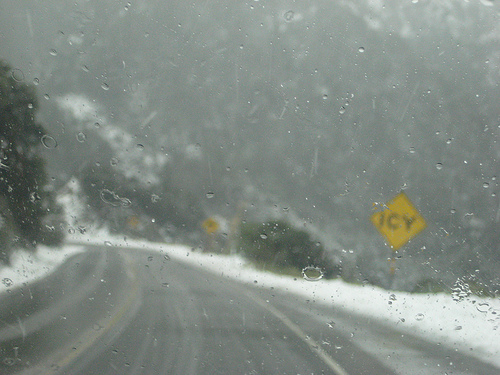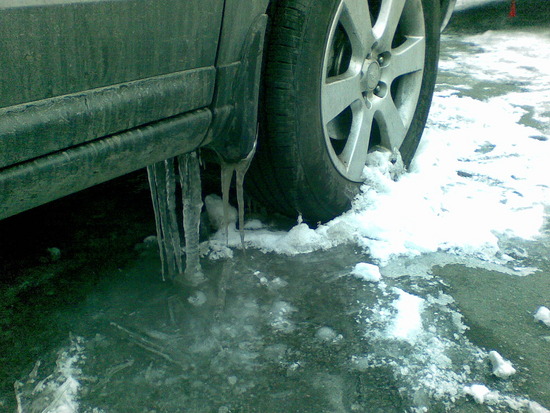
 |
| Tire Environment |
| Tires need to function in
multiple environments. These environments include: Surfaces: Dirt, Pavement, Gravel, Unpaved Surfaces, Collision with Objects. Surface Changes: Rain, Snow, Ice, Oil Slicks, Mud, Messy Driving Surfaces. Atmospheric Changes: Temperature Impacts, Freezing Tendencies of Tires, Pavement Temp. Tire Characteristics: Stickyness, Hardness, Sidewall depth/material, Size, Tread, Absorption of Impact, Wearability, Durability, Use of Non-Rubber Materials (i.e. studs). |
 |
|
Image from flicker.com |
|
Tires need to be able to function in these different areas of the environment. The ability to create the ideal, versatile all-season tire remains a top goal of tire engineers. This is why separate tires are still used for different seasons and uses i.e. racing, mudding, winter, or summer tires. Many daily driver vehicles of today use all-season tires to reduce road noise while attempting to provide the maximum amount of traction attainable in different weather conditions. Now we know what tires are up against, how and what compose these tires to sustain these environmental impacts? |
 Image from travelpod.com |
| Home |
Tire Environment |
Materials and Design |
PV=nRT Behavior |
Behavioral Consequences |
Tire Summary |
Bibliography |